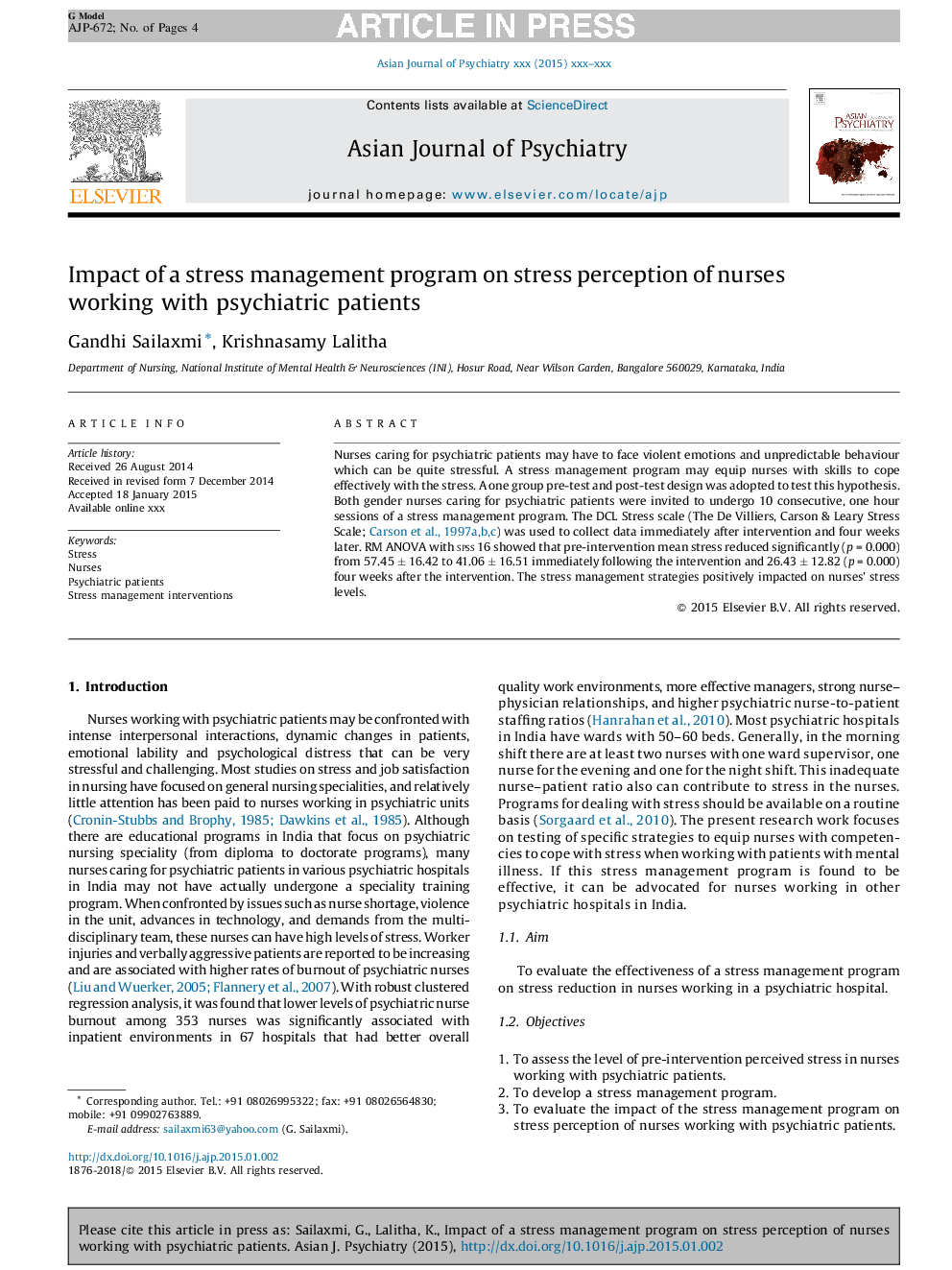| Article ID | Journal | Published Year | Pages | File Type |
|---|---|---|---|---|
| 10869852 | FEBS Letters | 2015 | 4 Pages |
Abstract
Recent analysis of genome-wide epigenetic modification data, mean replication timing (MRT) profiles and chromosome conformation data in mammals have provided increasing evidence that flexibility in replication origin usage is regulated locally by the epigenetic landscape and over larger genomic distances by the 3D chromatin architecture. Here, we review the recent results establishing some link between replication domains and chromatin structural domains in pluripotent and various differentiated cell types in human. We reconcile the originally proposed dichotomic picture of early and late constant timing regions that replicate by multiple rather synchronous origins in separated nuclear compartments of open and closed chromatins, with the U-shaped MRT domains bordered by “master” replication origins specified by a localized (â¼200-300Â kb) zone of open and transcriptionally active chromatin from which a replication wave likely initiates and propagates toward the domain center via a cascade of origin firing. We discuss the relationships between these MRT domains, topologically associated domains and lamina-associated domains. This review sheds a new light on the epigenetically regulated global chromatin reorganization that underlies the loss of pluripotency and the determination of differentiation properties.
Keywords
Related Topics
Life Sciences
Agricultural and Biological Sciences
Plant Science
Authors
Rasha E. Boulos, Guénola Drillon, Françoise Argoul, Alain Arneodo, Benjamin Audit,
